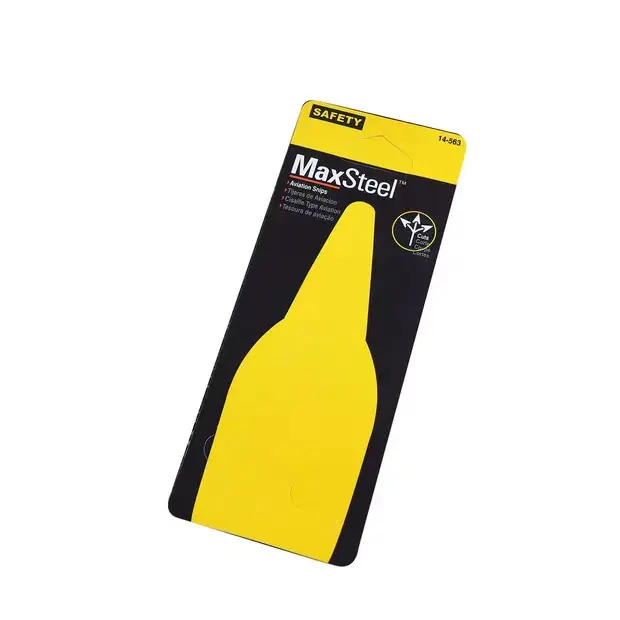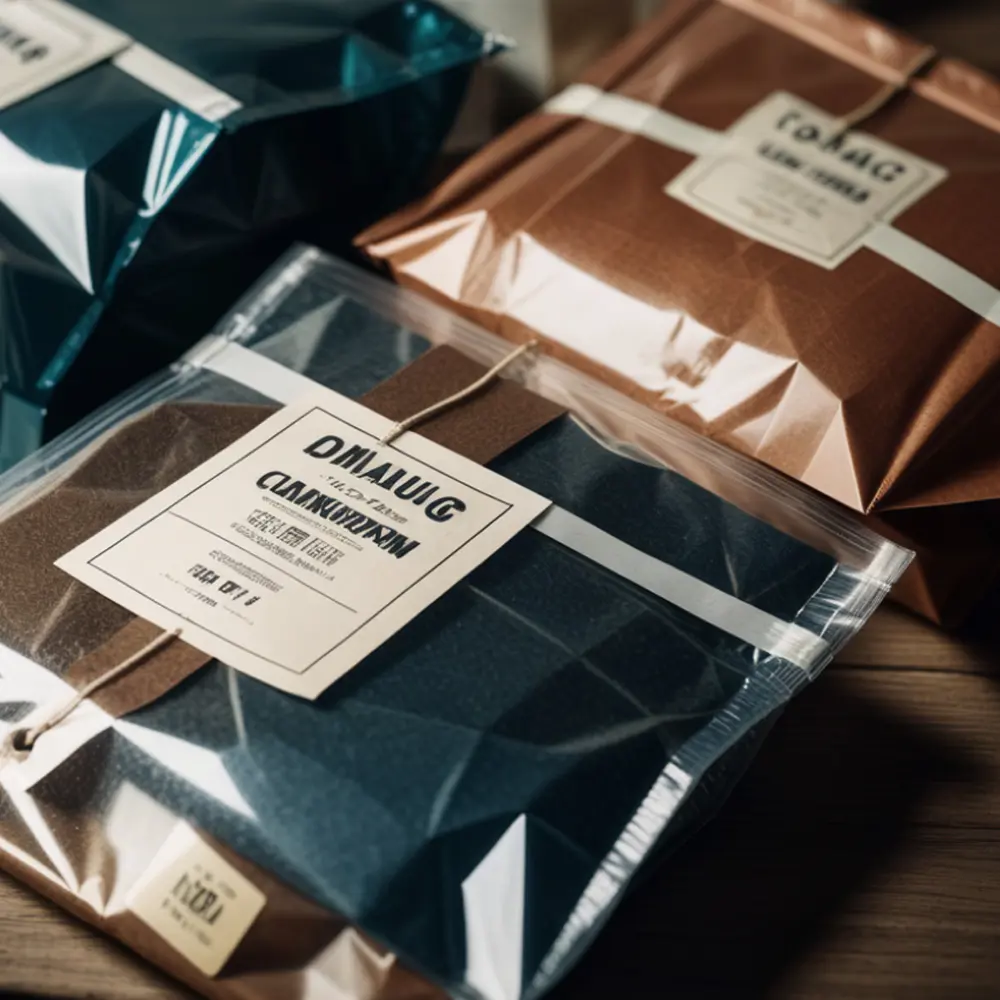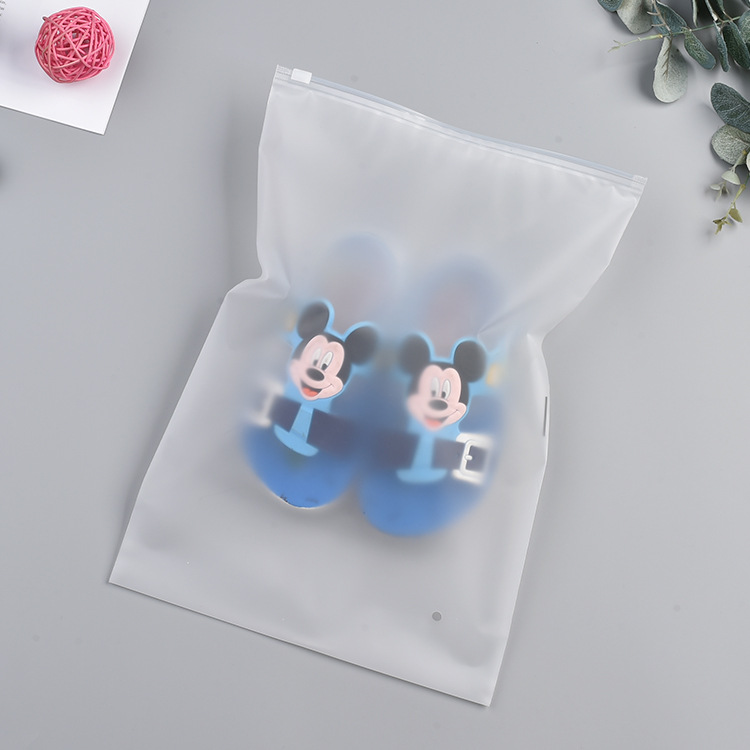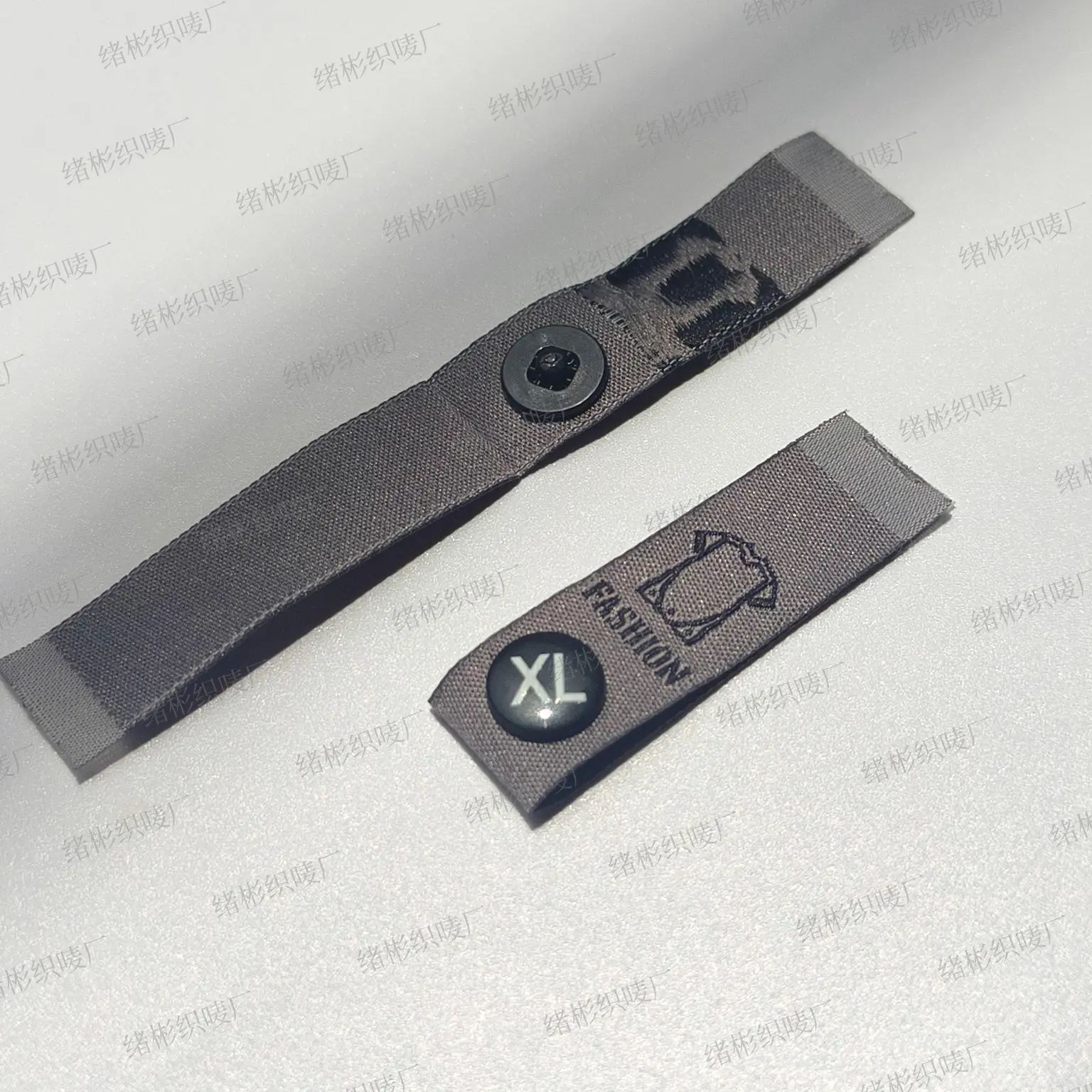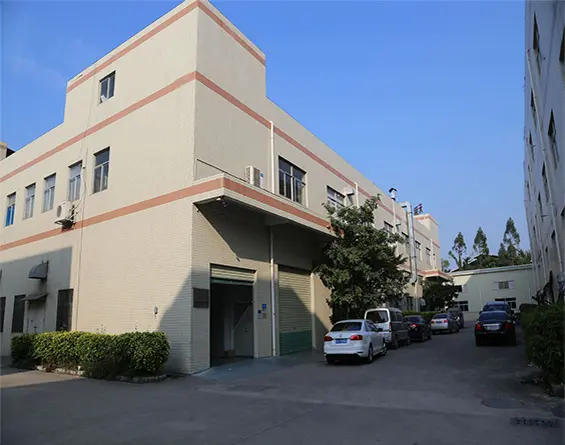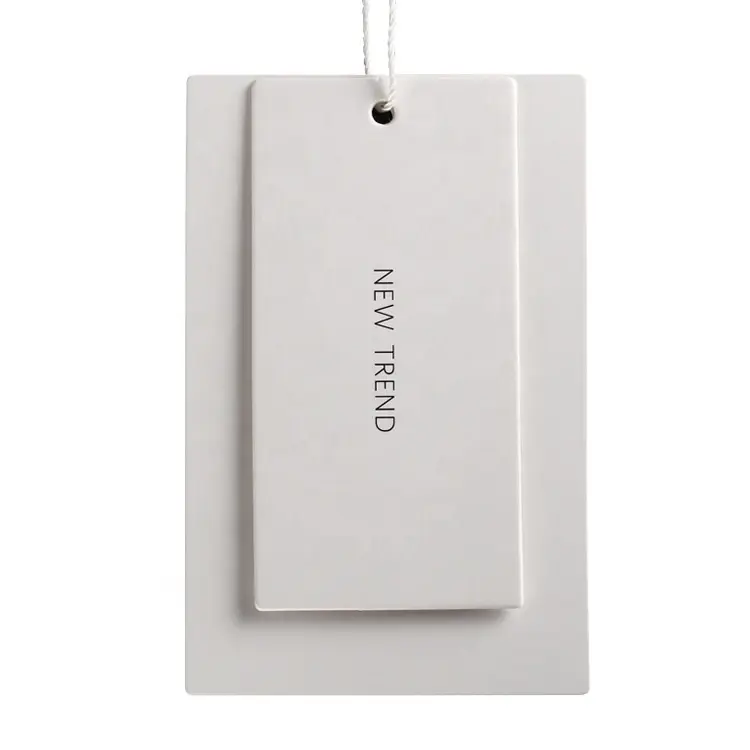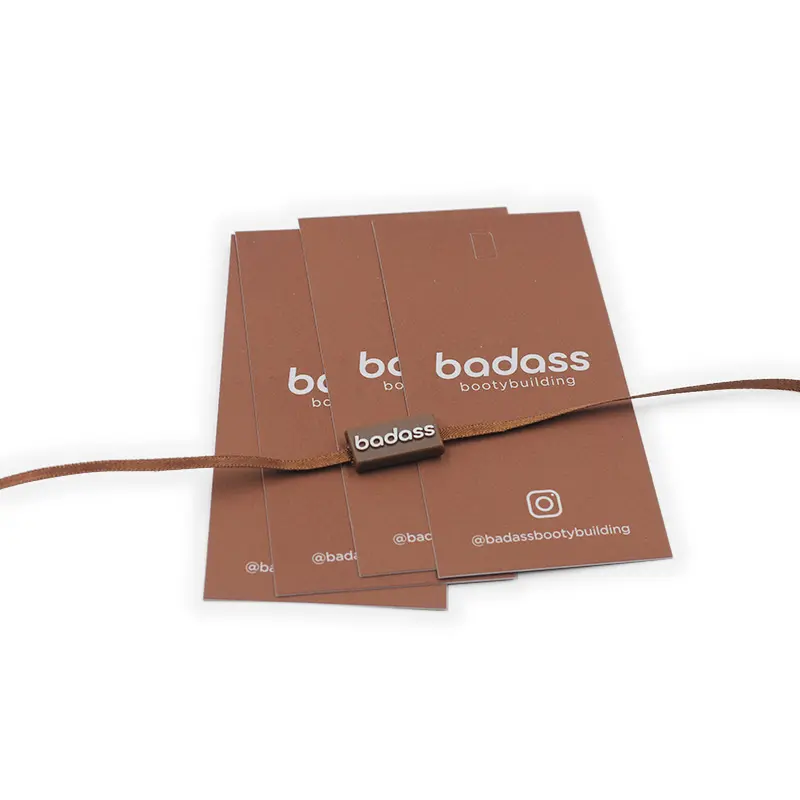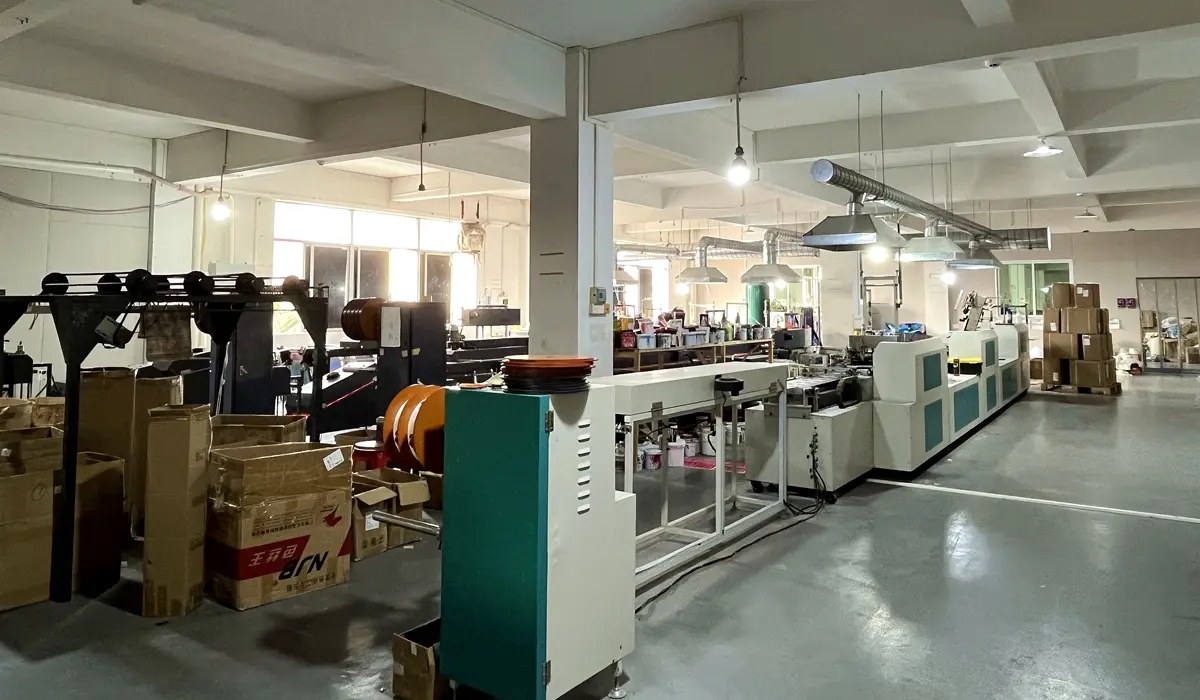Price Tag 4x8 Wholesale Customization Costs
Price Tag 4x8 Wholesale Custom Costs
What are Custom Price Tags?
Custom clothing price tags are special tags designed to make your products stand out and allow customers to easily see the price. While price stickers are common, combining them with custom clothing tags makes your products more attractive. Custom tags can also showcase your brand logo and leave space for adding the price.
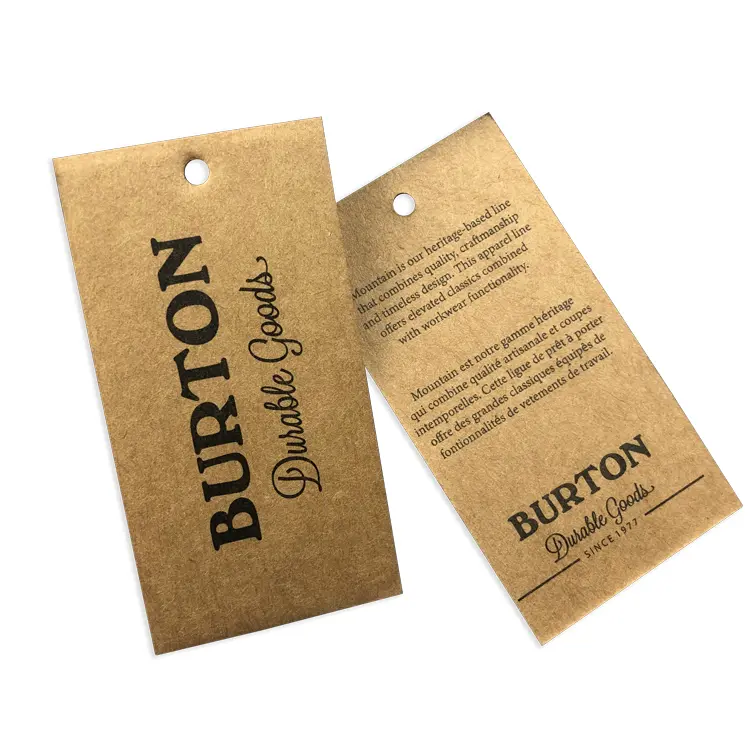
What are Retail Price Tags?
Retail tags are typically made of thick cardstock and are attached to the product, secured with string, thread, or a pin. They provide important information for consumers to review before purchasing, such as:
- Product size
- Product name
- Description
- Price
- Brand and material
Clothing Price Tag Costs:
Factory unit price ranges from $0.08 to $0.39.
Why Do You Need Hanging Price Tags?
Hanging price tags enhance the shopping experience, providing clear price information and increasing customer trust.
1. Improved Shopping Experience: Transparent pricing helps customers make decisions.
2. Make Your Products Stand Out: Enhance brand impression with brand images and logos.
3. Low Investment, High Return: Tags are an economical and effective way to market your brand.
Advantages of Price Tags in Online Sales
Even for online stores, price tags can provide listings, remind customers of the price, and simplify the return process. We offer hangtags, T-shirt tags, quilt tags, and more.
Can Price Tags Increase Sales?
Price tags can boost sales. Attractive tags create a positive first impression, increasing opportunities for customer engagement.
How Can Custom Price Tags Enhance Your Brand?
Custom price tags display professionalism, elevate the perceived quality of the product, enhance customer memory of the brand, and encourage repeat customers.
What Do Our Price Tags Offer?
- Choose black or white string, or no string
- 10-14 days delivery service
- Orders ranging from 30 to millions of tags
Design Your Price Tags with Our Online Tool
We offer an easy-to-use tool to help you create custom price tags effortlessly. You can upload your design or use our templates.
Custom Price Tag Specifications
We offer high-quality custom price tags with the following specifications:
- Size: 3.5 inches x 1.5 inches (9 cm x 4 cm)
- Print Quality: Full-color digital printing on 280 gsm cardstock at 300 dpi
- Finishing: Hole design for easy string attachment
How to Make Price Tags?
- Design Online: Use our online tool to easily design your tags.
- Upload Custom Design: Upload your existing design, and we'll help bring it to life.
What Should Be Included on Price Tags?
Price tags should include:
1. Product name
2. Product description
3. Price
4. Currency
5. Sale or promotional information
6. Barcode or SKU
7. Brand logo
What Are the Different Types of Price Tags?
Custom price tags are suitable for a variety of occasions, such as attracting customer attention, showcasing brand image, or highlighting pricing advantages. We also offer a variety of tags and patches to help your brand stand out.























